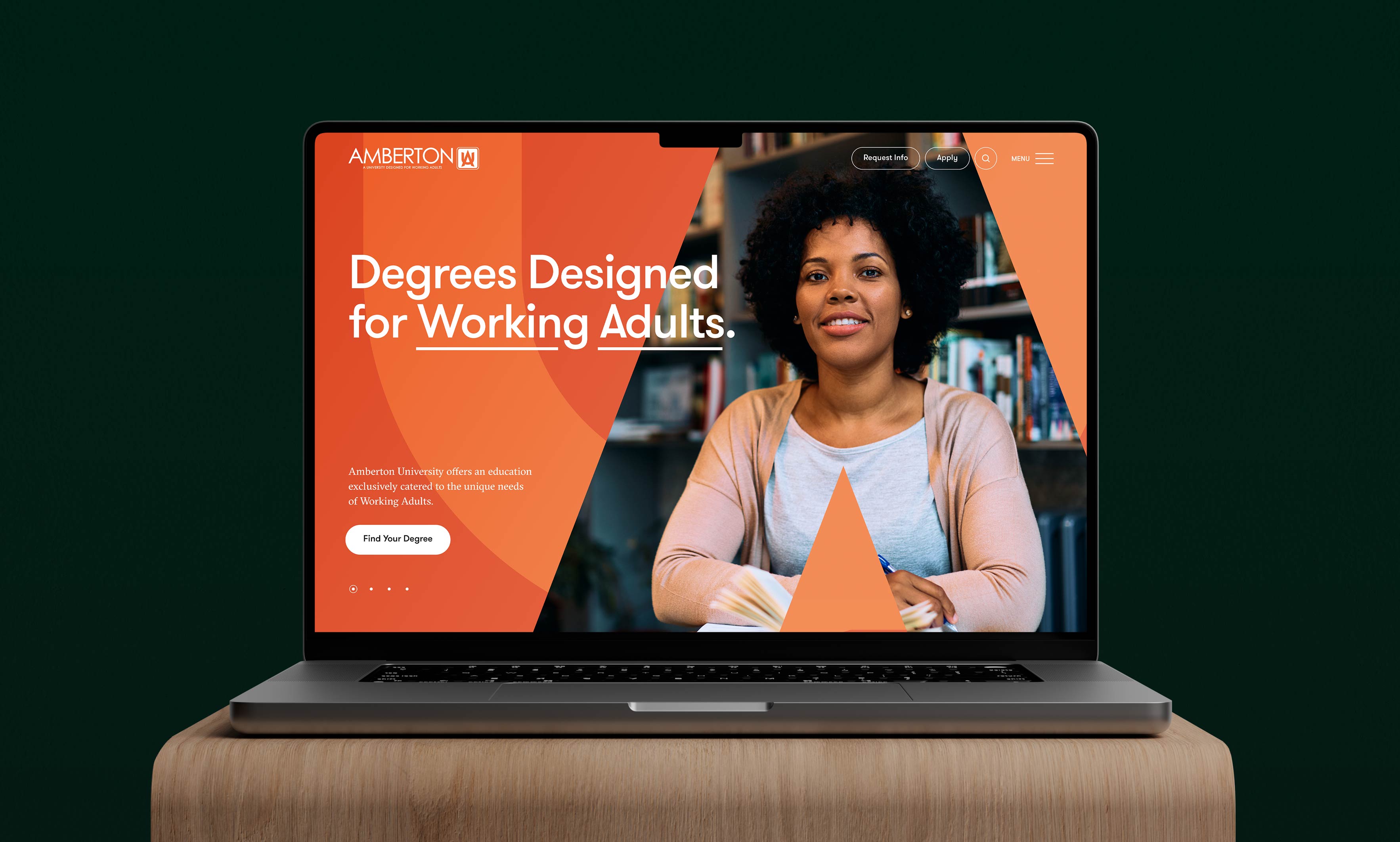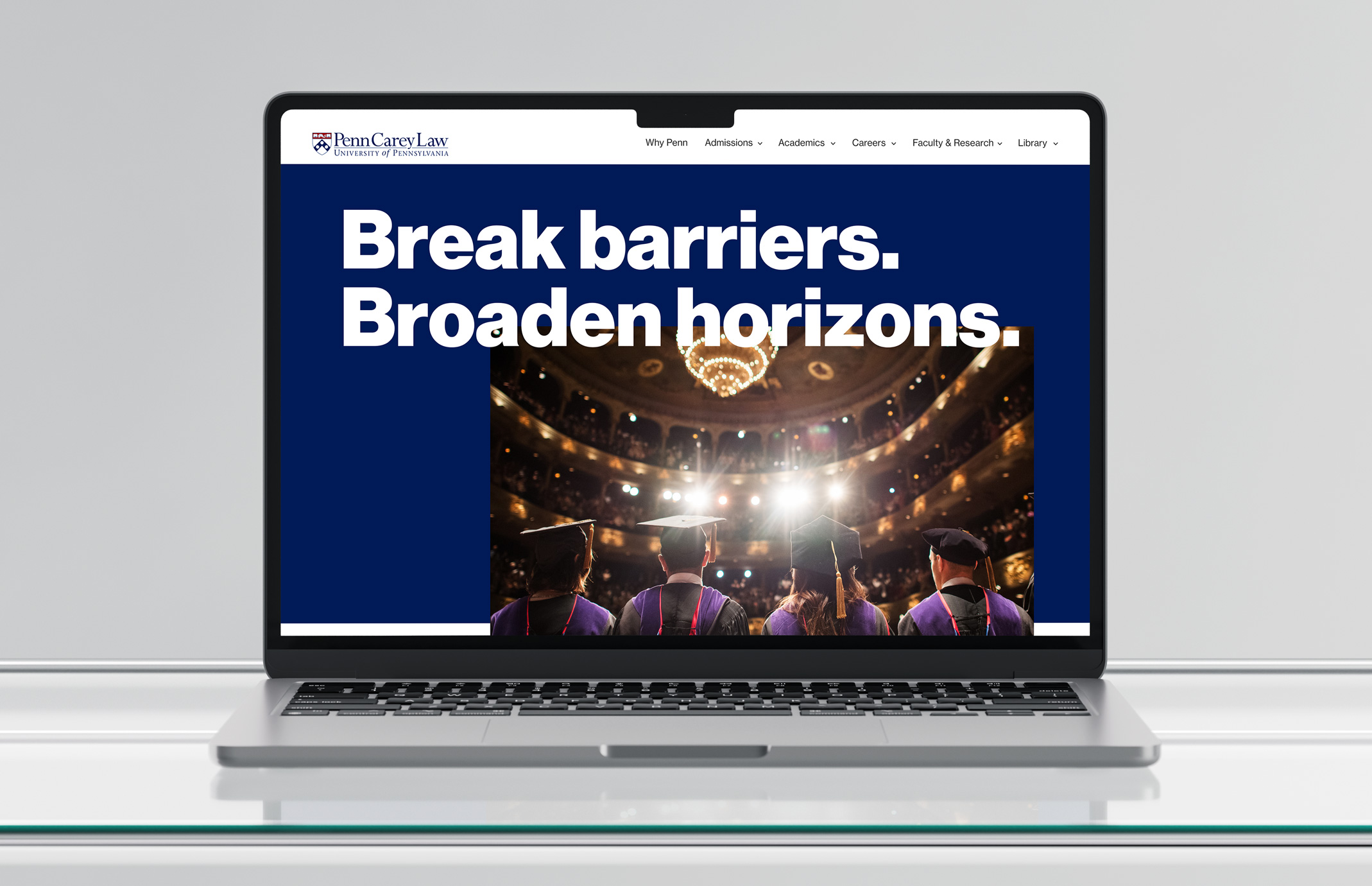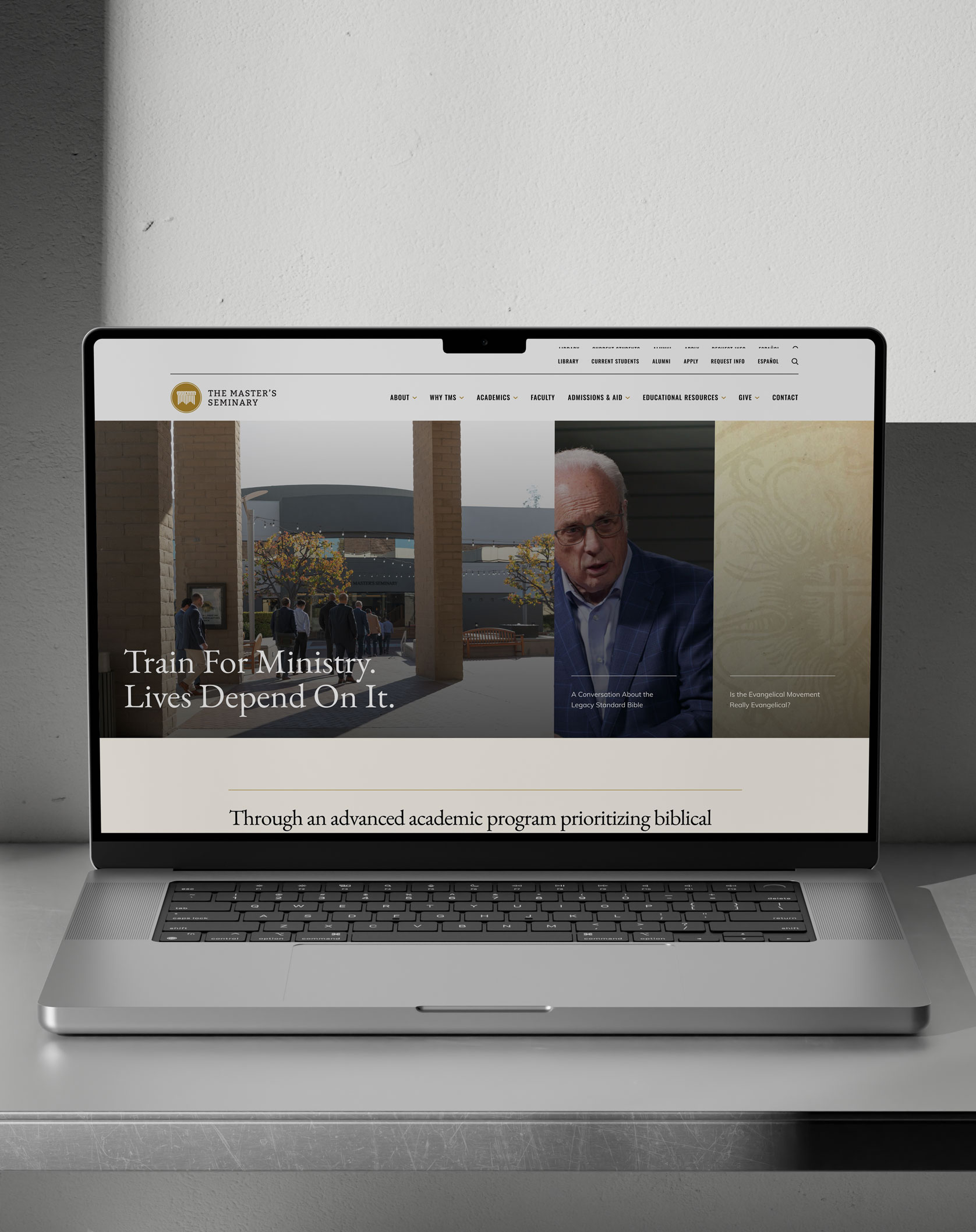Is the structure, design, and content of your website preventing people from finding what they need quickly and seamlessly? Is an outdated look & feel hurting your university's reputation?
We worked with Amberton to hone in their messaging for working adults, focusing on the specific benefits to this unique audience. From there, we rethought the user journey on their website and crafted a flexible design system that pushed their brand in a more trustworthy direction.
Explore Case Study















